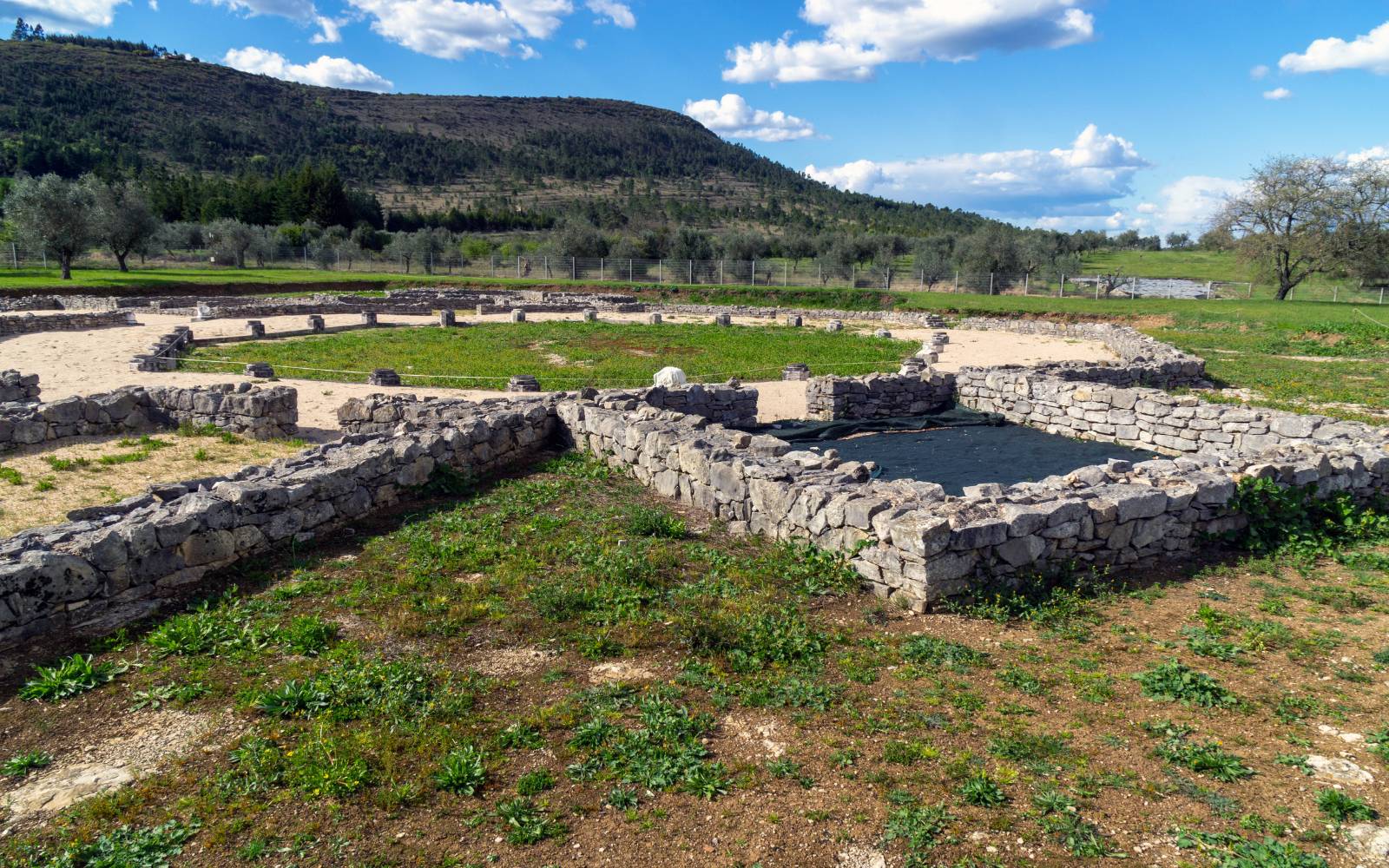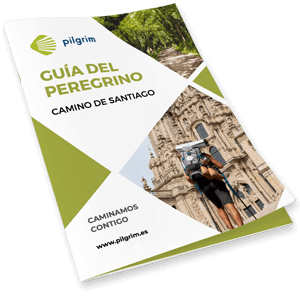Águeda
‹ Back to the stage
Águeda
- Residents: 47.729 aprox.
- Province:
Information
Get to know Águeda
This city of Portugal is next to the river that gives it its name, Águeda river. It is an important commercial and industrial center and also has a very fertile agricultural area for the production of corn, fruit and wine, besides having large forests from which comes out very good quality wood. At present, tourism is a major economic engine of the city along with the above described.
Highlight that in the city can be found traces of Roman occupation.
<pLocation
How to get there
To get to Águeda from the major cities in Portugal, the easiest way is to take the E-1 road to Eirol and then take the N-230.
Another option is to arrive by public transport as this city is very well connected, both by bus (line 22 from Porto to Coimbra) or train.
History / Culture
What to see
Casa museo do Cancioneiro
The Casa Museo do Cancioneiro is located in the historic center of the town of Águeda. It was built in the 18th century although the appearance it presents today is the result of numerous reforms over the centuries.
This museum was inaugurated with the purpose of collecting and disseminating different elements of the Cancioneiro de Águeda, such as the party or work costumes that were used in the past. In each of the rooms you can also find different furniture of the time: porcelain pieces, closets, wrought iron beds, etc.
<p
Estación arqueológica do Cabeço do Vouga
The Archaeological Station of Cabeço do Vouga is located at the top of Mount Marnel, belonging to the town of Águeda. These excavations were found in the mid-twentieth century by António Gomes da Rocha Madahil until it passed into the hands of the Archaeology Cabinet of the Municipal Chamber of Águeda.
<pAfter numerous investigations and excavations it was concluded that these remains are identified with the city of Talabriga, ancient Roman capital of Santarém. Thanks to this fact this ensemble was named an Asset of Cultural Interest in 1947 although today it is increasingly in a state of decay.

Convento de Santo António
The former convent of Santo António is located in the Portuguese village of Águeda and belonged to the Capuchin Franciscan order. This convent houses a church with a longitudinal plan composed of a single nave and a main chapel.
The religious building that can be seen today is quite deteriorated, as the convent is in ruins, while the church is preserved in good condition.
The church is in good condition.
The convent is in ruins, while the church is in good condition.
The convent is in good condition.

Cruceiro y Pelourinho da Trofa
The cruceiro da Trofa stands in the place of Trofa, in the village of Águeda. This monument is hidden inside an open temple, formed by four Tuscan columns and covered with a triangular top.
The monument is hidden inside an open temple, formed by four Tuscan columns and covered with a triangular top.
The cruceiro that houses its interior dates from the seventeenth century and stands on a pedestal with a quadrangular base. This construction has a mannerist style, whose peculiarity is the excessive size of the crucifix, nestled in the center of the shaft.
<pThe pelourinho is also located in the village of Águeda and has been declared an Asset of Cultural Interest. Said construction was made of granite and presents a Manueline style. It is a granite block that supports the base, also of quadrangular plant, on which an octagonal and irregular shaft is erected. The Pelourinho culminates in a capital that has a square shape in which you can see a rosacea and the national coat of arms.

Iglesia de Santa Eulália
The parish church of Santa Eulália is located in the heart of the town of Águeda, through which passes the Portuguese Way to Santiago de Compostela. Although its exact date of construction is unknown, it is documented from the year 1320 and several centuries later began to undergo numerous reforms.
It is a set formed by numerous carvings and relevant images such as the one dedicated to Santa Eulália, patron saint of the city, built in the fifteenth century in Gothic style. Other images to highlight would be that of Jesus on the cross and the painting dedicated to Santa Eulália, of large proportions, made in the eighteenth century. Following in the same line, it is worth mentioning the right side altarpiece dedicated to Santa Luzía, from the 18th century, as well as the left side altarpiece dedicated to the Virgin of the Rosary, also from the 18th century, among others.

Iglesia de São Salvador da Trofa
The church of São Salvador da Trofa is located in the center of the town of Águeda and, although it was built in the sixteenth century, the appearance it offers today is given by the numerous reforms suffered throughout the seventeenth and eighteenth centuries.
The church of São Salvador da Trofa is located in the center of the town of Águeda.
As for its structure, it is distributed around a rectangular floor covered with ribbed vault under which is located the Funeral Chapel dos Lemos, also known as Panteão dos Lemos, a set for which this church has been named National Monument.
The Panteão dos Lemos is formed by a set of two niches framed by decorated pilasters supporting semicircular arches. The decoration under the arch stands out, in which the heraldic coat of arms of the Lemos family is surrounded by different plant motifs. In the interior of the pantheon there is a relief of a warrior praying and with the medieval cap on the floor. The cataloging of Monument is given by the sculptural quality and conservation of the elements.

Information of interest
Local police
xxx
Fire department
+351 234 610 100
Civil protection
xxx
Town hall
+351 234 610 070
Health center
+351 234 610 210
Tourism office
+351 234 601 412
Largo Dr. João Elísio Sucena

We send you your itinerary
Enter your details and receive your travel itinerary by email
Recommended
Gastronomy
Recommended
Festivals and Pilgrimages
Local festivity
Primera quincena de Septiembre: “Festa do Leitão”
Local festivity
Una semana después de Pascúa: Fiesta de las Almas Santas de Areosa
Portuguese Way
On foot
25 stages



























